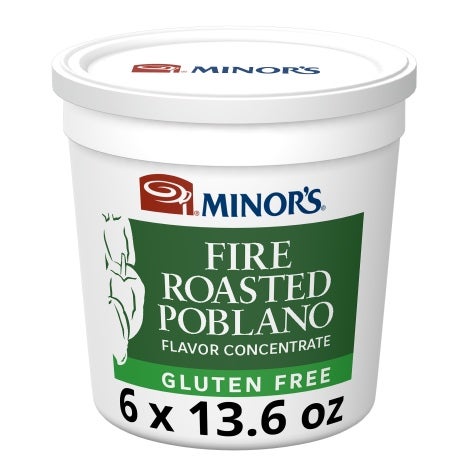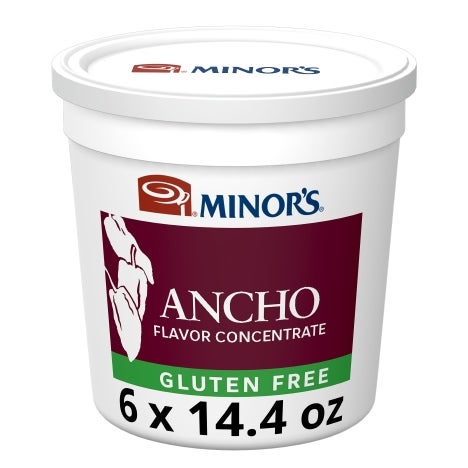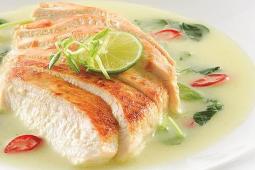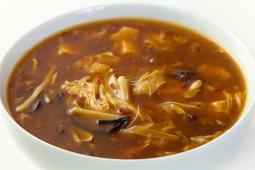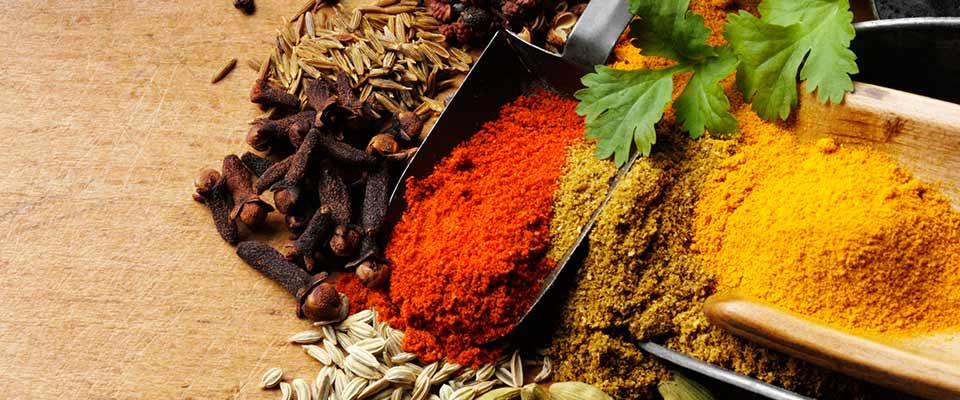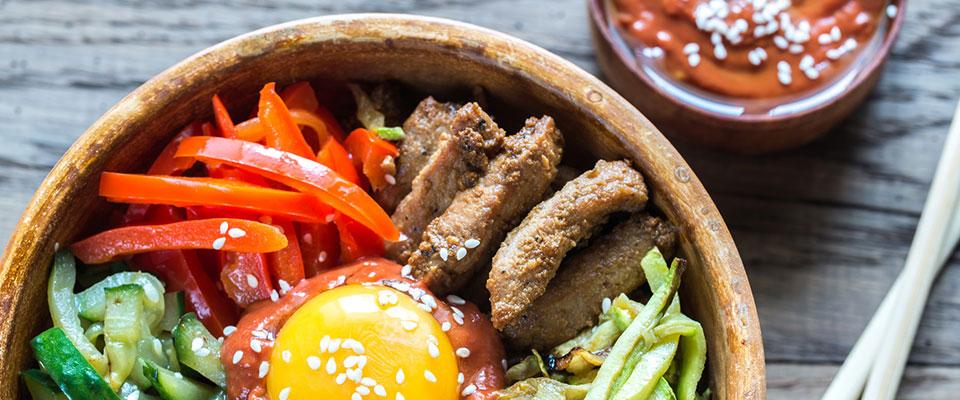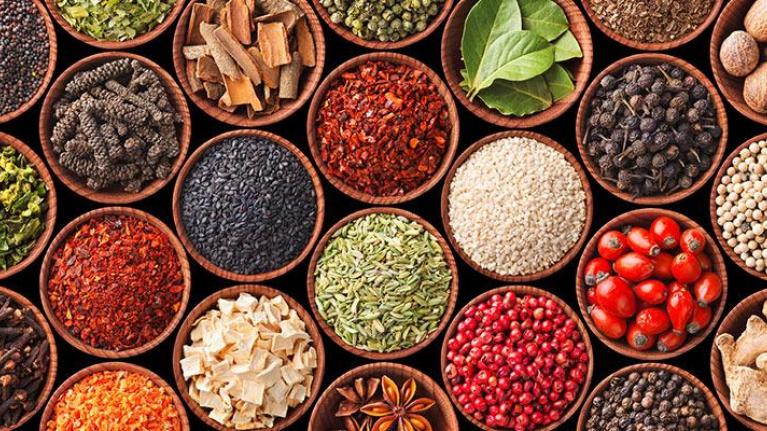
Global Cuisine Starts with Spice Blends
What’s the difference between Spanish adobo and Middle Eastern za’atar? They both can add layers of flavor to your cooking with spice blends. Get inspired by mixed spices from around the world.
Spice mixtures are great in the kitchen, representing an easy way to add flavor and consistency to foods. And global recipes are full of distinctive spice mixtures that represent virtual shorthand for ethnic cuisine.
Adobo Seasoning (Spanish) – Used extensively in Latin cultures, this dry rub often includes garlic, onion, black pepper, oregano, cumin, and cayenne; not to be confused with a Filipino stew of the same name.
Berbere (Ethiopian) – Pronounced bear-BEAR-eh, this brick-red, sun-dried chile-based spice blend also typically includes toasted ginger, cardamom, garlic, fenugreek, and cinnamon. Its sweet/savory flavor profile makes berbere very versatile for meats and poultry, vegetables, and even fruit, yogurt, and desserts.
Chermoula (North African) – A fragrant, relish-like mixture of cumin, Spanish paprika, and turmeric, mixed with chopped onion, parsley, cilantro, lemon juice, garlic, and cayenne pepper, which can be used as a condiment or to season fish, chicken, and other proteins.
Chili Powder (American) – A spicy blend of chili peppers—mostly either ancho, cayenne, chipotle, New Mexico, and/or pasilla chilis—with cumin, oregano, garlic powder, salt, and sometimes black pepper, cinnamon, cloves, coriander, mace, nutmeg, or turmeric. Used in chili and other Tex-Mex/Southwestern dishes that need a kick of heat.
Chinese Five Spice – Used in Chinese red-cooked items and other specialties, such as five-spice chicken wings, this mixture contains star anise, clove, cinnamon, ginger, and anise.
Curry Powder (British, by way of India) – Though commonly associated with India, this blend of spices is seldom actually used there (see garam masala). It is nonetheless a delicious addition to everything from curries to chicken salad. A typical mixture includes coriander, turmeric, cumin, and fenugreek as well as such additional ingredients as ginger, garlic, fennel seed, cinnamon, clove, mustard seed, green cardamom, black cardamom, mace, nutmeg, and red pepper.
Fines Herbes (French) – A mildly flavored mixture of fresh parsley, chives, tarragon, and chervil, used in omelets and other subtle foods.
Garam Masala (Indian) – With as many possible combinations as there are cooks, this “warm spice mixture” takes many forms, depending upon its intended use. The basic mixture might include black and white peppercorns, cloves, bay leaves, chilis, black cumin, cumin seed, cinnamon, cardamom, nutmeg, mace, star anise, and coriander seed.
Herbes de Provence (French) – A Provencal mixture of dried herbs including thyme, bay leaf, rosemary, marjoram, basil, and sometimes lavender; great on roast chicken.
Jerk Seasoning (a.k.a. Jamaican jerk spice) – A fiery blend of allspice and Scotch bonnet chilis, as well as clove, cinnamon, nutmeg, thyme, and garlic; used to season chicken and other meats.
Montreal Steak Seasoning (American) – A robust blend for burgers, steaks, and other grilled meats; often includes cracked pepper, salt, paprika, onion, and garlic powder, coriander, and dill.
Old Bay Seasoning (American) – Included in many recipes for boiled seafood and crab cakes, this iconic regional seasoning mix includes celery salt, bay leaf, mustard seed, both black and red pepper, cinnamon, and ginger.
Ras el Hanout (Moroccan) – Literally “top of the shop” (as in spice shop), ras el hanout is an increasingly popular Moroccan spice blend that can contain more than 30 ingredients, but a “streamlined” version might include cumin, ginger, turmeric, cinnamon, coriander, cayenne, allspice, nutmeg, clove, and several types of pepper. Used as a rub for grilled meats or a seasoning in tagines and other mixtures.
Shichimi Togarashi (Japanese) – A seven-ingredient blend of coarse red chili pepper, sansho (similar to Sichuan pepper), orange peel, poppy and sesame seeds, hemp seeds, and nori or aonori seaweed, used to enliven Japanese noodle and soup dishes.
Vadouvan (Indian) – Used to season a variety of foods, this specialty spice mixture has recently been discovered by chefs; it usually is comprised of curry leaves, fenugreek, mustard seed, garlic, and sometimes cumin, and may also include garlic, shallots, or onion.
Za’atar (Middle Eastern) – Great on flatbreads, in pilafs, and as a dried spice rub for kebabs and grilled meats; this spice mixture usually includes ground sumac (a lemony-flavored berry), dried thyme, oregano, and marjoram mixed with toasted sesame seeds.
